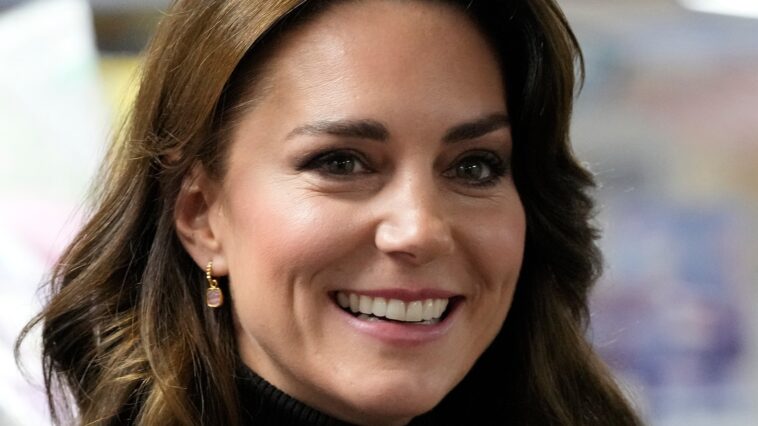Todays Breaking News Headlines
Latest in Todays News : World News
1.7k Views1000 Votes
Mystery Surrounding Kate Middleton's Absence Sends Internet Into Frenzy
20 Shares1.7k Views1000 Votes
Israel-Hamas Crisis: Troop Preparations and Middle East Tensions
10 Shares2k Views1000 Votes
Hurricane Idalia Aftermath: Devastation and Recovery Efforts Unfold Across Southeast
Global Business News
1.3k Views1000 Votes
Michael Gove's VIP Football Ticket Fiasco: A Breach of Standards Unveiled
10 Shares1.4k Views1000 Votes
Trump Bond Debacle: Insurance Giants Shun $464 Million Surety Bid
1.2k Views1000 Votes
Unveiling the Epic Journey: World of Warcraft Expansion Resilience!
Latest in Global Politics
10 Shares1.7k Views1000 Votes
in Africa, Articles, General, Global Politics, Health, Insurance, Joe Biden, Technology, Todays Headlines, WOWPandemic Agreement Negotiations: Navigating the Path to Global Health Equity
Breaking News USA
40 Shares2k Views1000 Votes
Breaking: Russell Brand Faces Shocking Allegations of Sexual Assault and Abuse
Breaking News Canada
10 Shares1.5k Views1000 Votes
California FAIR Plan: Navigating the Insurance Crisis
Breaking News Africa
10 Shares1.7k Views1000 Votes
Pandemic Agreement Negotiations: Navigating the Path to Global Health Equity
Entertainment News
40 Shares2k Views1000 Votes
Breaking: Russell Brand Faces Shocking Allegations of Sexual Assault and Abuse
10 Shares2k Views1000 Votes
Unlocking the NFT Craze: Netflix Secures ‘NFT:WTF?' Documentary for UK Viewers
Unraveling the Enigma: Netflix Acquires ‘NFT:WTF?' Documentary for UK Audience
1.2k Views1000 Votes
Unveiling the Epic Journey: World of Warcraft Expansion Resilience!
Discover the Momentum: Unveiling World of Warcraft's Expansion Success Story!
10 Shares1.6k Views1000 Votes
Stray Kids Achievements: Breaking Records and Rising Stars in the K-pop Universe
1.7k Views1000 Votes
Bow Wow and Chris Brown Drop Surprise Collaboration: Music Comeback Unveiled!
Bow Wow and Chris Brown Unite for Epic Musical Comeback Surprise!
210 Shares3k Views1000 Votes
Unmasking Financial Deception: Italy Takes Aim at Tax Evasion Investigations
Tax Evasion Scandals and Forced Labor Allegations Shake Business World
Fun and Travel
20 Shares1.6k Views1000 Votes
in Articles, Business, Business Loans, Energy, Recipes, Todays Headlines, Travel & Fun NewsDive into Delight: Unveiling the Spectacular Holi Weekend Getaways Near Delhi 2024
Quizzes
Polls
20 Shares1.6k Views1000 Votes
in Articles, Donald Trump, Insurance, Joe Biden, Media, Polls, Todays HeadlinesJoe Biden's Comeback Quest: Reality or Rhetoric?
Todays Sport and Fitness News
Health Education and Science
Health News
Education News
Science News
Energy News
Insurance News
Viral News and Personalities
Viral News
1.4k Views1000 Votes
Discover the Irresistible Crookie Food Trend Sweeping the Nation!
Donald Trump News
1.4k Views1000 Votes
Trump Bond Debacle: Insurance Giants Shun $464 Million Surety Bid
Joe BIden News
1.5k Views1000 Votes
Unlocking Success: Your Essential Small Business Insurance Guide
Technology, Food and Religion
Technology News
Latest Recipes
Religion & LGBTQ
Other News
WTF News
NewsBurrow© 2024 by TellGrade Designs. All Rights Reserved.




















